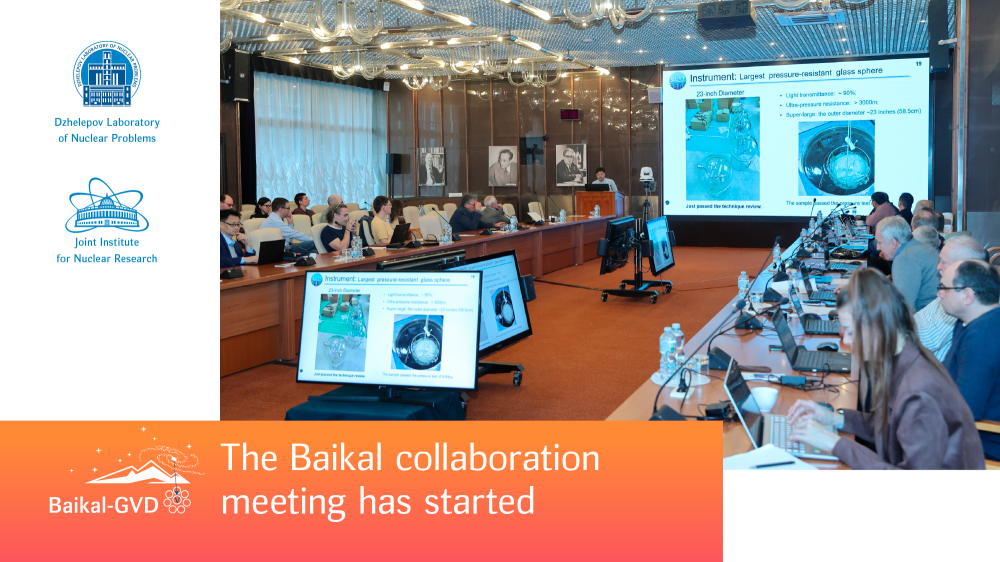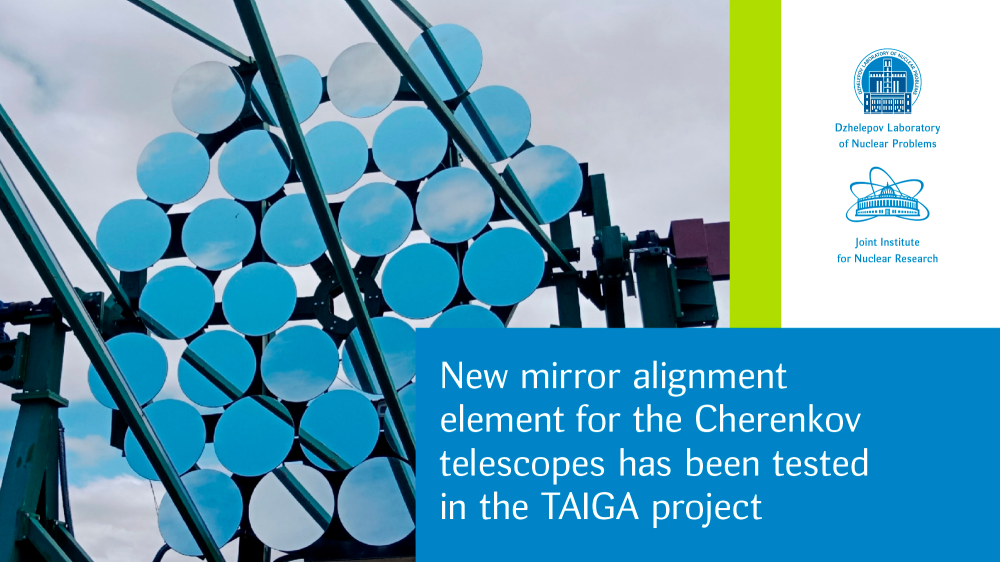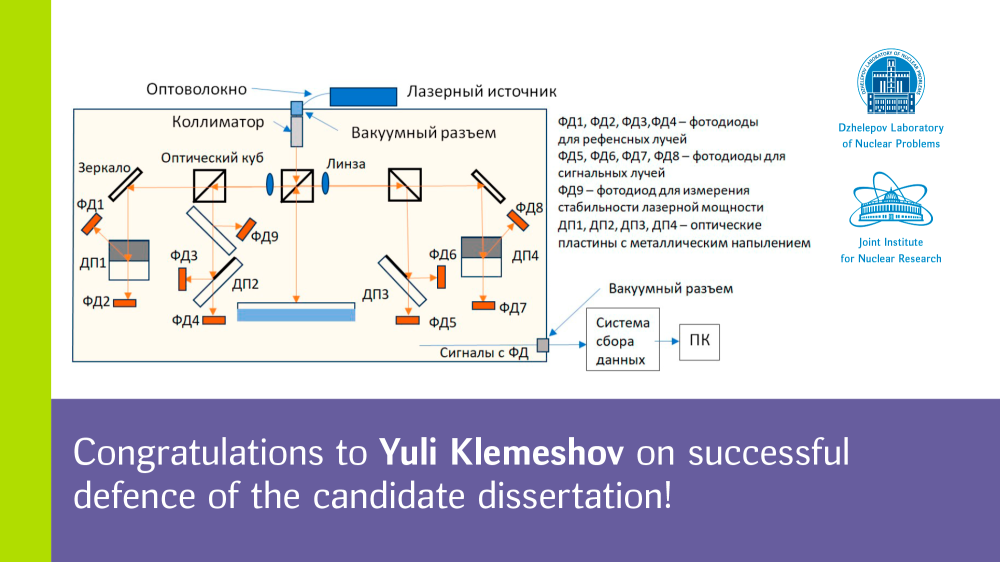New results of the DarkSide-50 experiment
The DarkSide-50 experiment in operation at the Gran Sasso National Laboratories in Italy reported important new results on its search for dark matter, at the UCLA Dark Matter 2018 conference and at the Lake Louise Winter Institute 2018.
DarkSide-50 was designed as a search for high mass (>50 GeV/c2) Weakly Interacting Massive Particles (WIMPs) where the critical feature is background rejection. Analysis of a 530 day exposure has just been completed and the result is a convincing demonstration of the rejection capabilities of the technology. The discrimination achieved between natural radioactivity and nuclear recoils is a strong confirmation of the capabilities of the liquid argon technology. In addition to this achievement, a novel analysis of the ionization signal from low-energy events has been developed which demonstrates that the DarkSide-50 detector has outstanding capabilities in the search for lower mass (<10 GeV/c2) dark matter. These results encourage confidence that if a signal is eventually detected in a larger argon-based detector, like the upcoming DarkSide-20k, the signal will indeed be from something new in nature.

The Spokesperson of the DarkSide Collaboration, Cristiano Galbiati, stated: “This is the best way to start the adventure of the future experiment DarkSide-20k. The results of DarkSide-50 provide great confidence on our technological choices and on the ability to carry out a compelling discovery program for dark matter. If a detector technology will ever identify convincingly dark matter induced events, this will be it.”
The heart of the DarkSide-50 apparatus is a two-phase liquid argon time projection chamber. Unique features of the detector are the active neutron veto and the use of low-radioactivity argon. The apparatus is located in Hall C of the underground laboratory of the Gran Sasso National Laboratories (LNGS) of the Italian National Institute for Nuclear Physics (INFN). The Experiment is a collaboration of institutions from Brazil, China, France, Italy, Poland, Spain, Russia, and the United States of America.
The DarkSide-50 Collaboration offers its profound gratitude to the LNGS and its staff for their invaluable technical and logistical support. Construction and operation of the DarkSide-50 detector has been supported by the U.S. National Science Foundation (NSF), the Italian Istituto Nazionale di Fisica Nucleare (INFN), the U.S. Department of Energy, the Russian Science Foundation, the Polish National Science Center (NCN) and the Foundation for Polish Science. We also acknowledge financial support from the French Institut National de Physique Nucléaire et de Physique des Particules (IN2P3), from the UnivEarthS Labex program of Sorbonne Paris Cité, and from the São Paulo Research Foundation (FAPESP).
JINR is represented in the DarkSide-50 experiment by a group headed by Oleg Smirnov (DLNP).






